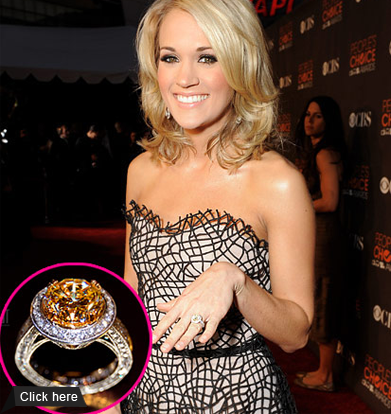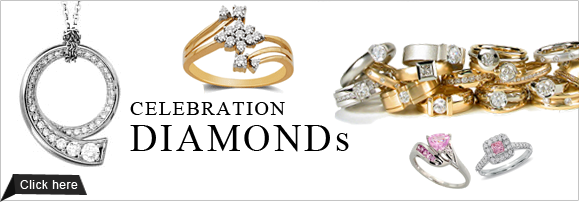

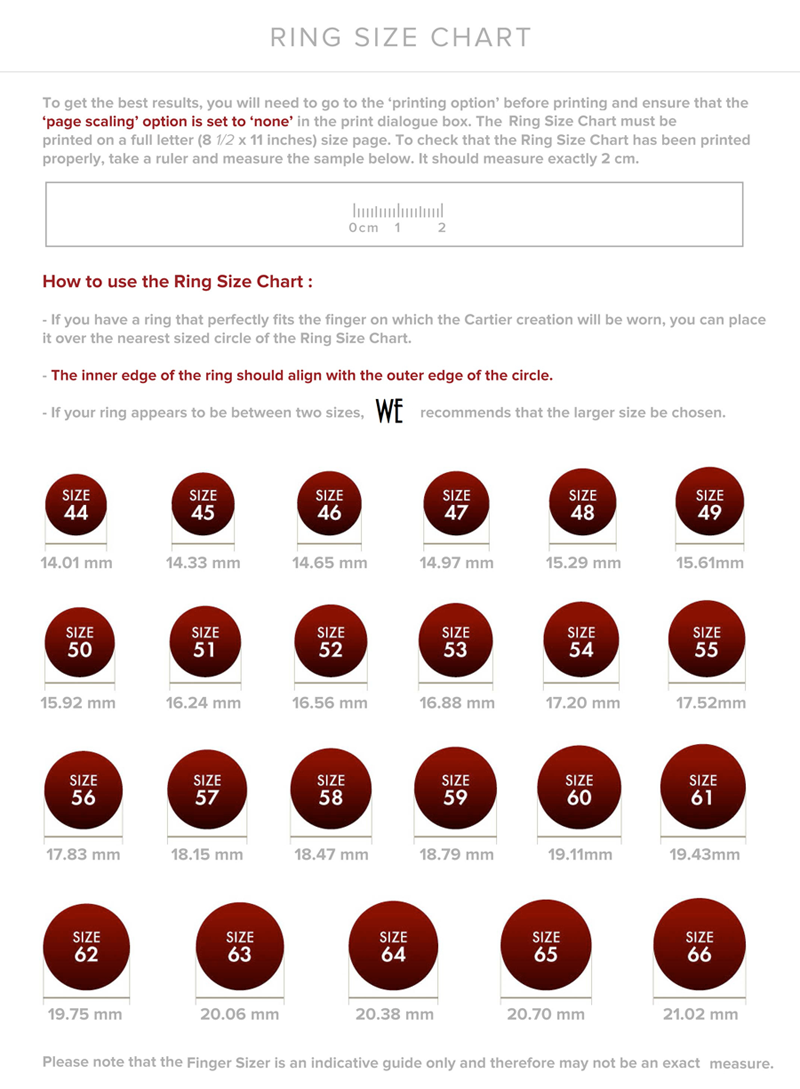
| 16" | Choker length |
| 17-18" | At collarbone |
| 20" | A few inches below collarbone |
| 22" | At or above neckline |
| 24" | Below the neckline |
| 18" | Base of the neck (*for smaller neck sizes) |
| 22" | A few inches below collarbone |
| 24" | Just above the sternum |
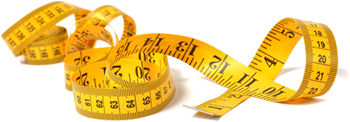
Don't know what size your neck is? Most women do not, while most men know their collar size. To get the approximate measurement, you can use a sewing (soft) measuring tape. If you have a tape measure, that problem is solved. If you don't have a soft measuring tape but have a yardstick, ruler or stiff metal measuring tape, you could wrap a ribbon around the base of your neck, mark the spot where it meets, and then lay it against the yardstick or metal measuring tape to determine your neck size.
Once you know your neck size, a good rule of thumb is to choose at a minimum the second size up from your neck size. For example, for a man with a 17 ½" collar (neck) size, a chain length of 20" is recommended at a minimum. An 18" chain would be too short. With women of a neck size of 15", the minimum recommended length would be 17-18" which is a step above the next standard length of 16". For example, necklaces that lie flat on the neck such as the Omega style, a 17" should be fine. Chains with heavy pendants on them will hang slightly longer as well.
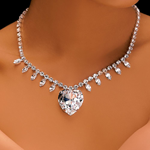 The best thing about necklaces and chains for women is that different
lengths are worn for different occasions and seasons. So you can almost
always use a particular necklace for some occasion. If a cowl neck or
turtleneck shirt (typically worn in the winter season) is chosen, a long
necklace works better. A choker length of 16" doesn't work with a high
neck blouse or with a larger neck size, while an 18" necklace will hang
farther down on a petite woman. So the basic neck measurement -
whatever that is - really helps when you are purchasing a necklace
for a particular occasion. That basic measurement is essential when
purchasing a short necklace, for both fashion and size reasons.
The best thing about necklaces and chains for women is that different
lengths are worn for different occasions and seasons. So you can almost
always use a particular necklace for some occasion. If a cowl neck or
turtleneck shirt (typically worn in the winter season) is chosen, a long
necklace works better. A choker length of 16" doesn't work with a high
neck blouse or with a larger neck size, while an 18" necklace will hang
farther down on a petite woman. So the basic neck measurement -
whatever that is - really helps when you are purchasing a necklace
for a particular occasion. That basic measurement is essential when
purchasing a short necklace, for both fashion and size reasons.
Chain lengths for men are typically chosen based on the man's collar size and typically fall just at the collar bone. A slightly longer length should be chosen if it is to be worn with a pendant, cross, medallion, emblem or sports charm of some sort. You can also choose multiple lengths for a layered look. The most common length sold to men of average neck size is 20".
Bracelets are always appropriate gifts for a woman or a man. In choosing a bracelet, consider the body size and type of the person you are purchasing for. Wrist diameter varies with body type. Bracelet styles include gold, sterling silver, titanium and stainless steel metal bracelets, ID bracelets, diamond tennis bracelets, gemstone bracelets, bangles, charm bracelets, rope bracelets, toggle clasp bracelets and pearl bracelets.
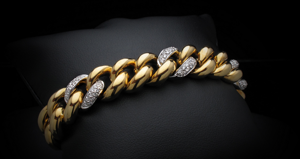 The same size of bracelet can have different cost depending on the
exact style, including number, size and quality of the gemstones, type
and total gram weight of metal used and special adornments such
as beading, carving, etc. Additionally, bracelets created by famous
designers will typically cost more. When comparing diamond tennis
bracelets in a similar setting, you must pay particular attention to the
size and quality of the diamonds included in the bracelet. Two 3 carat
total weight diamond tennis bracelets with the same quality of diamonds
but with different size stones would have significantly different costs,
since larger stones cost more. Likewise, the same 3 carat total weight
bracelets would have a different cost if one were in platinum vs. white
gold. Finally the amount of metal in a bracelet would affect its cost; so
you need to see the total gram weight of the bracelet. The more gold or
platinum, the more it will cost.
The same size of bracelet can have different cost depending on the
exact style, including number, size and quality of the gemstones, type
and total gram weight of metal used and special adornments such
as beading, carving, etc. Additionally, bracelets created by famous
designers will typically cost more. When comparing diamond tennis
bracelets in a similar setting, you must pay particular attention to the
size and quality of the diamonds included in the bracelet. Two 3 carat
total weight diamond tennis bracelets with the same quality of diamonds
but with different size stones would have significantly different costs,
since larger stones cost more. Likewise, the same 3 carat total weight
bracelets would have a different cost if one were in platinum vs. white
gold. Finally the amount of metal in a bracelet would affect its cost; so
you need to see the total gram weight of the bracelet. The more gold or
platinum, the more it will cost.
For most people, yes, most bracelets are manufactured to fit most
people's wrists. Many styles also have clasps that can be adjusted by
the wearer. However, there are always exceptions for wrists that are
much larger or much smaller than the standard.
For smaller wrists, some bracelet styles can be made smaller by an
expert jeweler by removing some links if it is a bracelet with link styles. If
you do have a bracelet shortened, be sure to save excess links in case
you want to add them or need them for repair later on, as replacement
links can be rather expensive for fine jewelry.

 Only for customers who believe their wrist size may be outside the
standard range for most bracelets, you can get an approximate
measurement of your wrist for custom orders to by using a soft
seamstress-style measuring tape. If you don't have a soft measuring
tape but have a yardstick, ruler or stiff metal measuring tape, you could
wrap a ribbon around your wrist at the wrist bone, mark the spot where
it meets, and then lay it against the yardstick or metal measuring tape to
determine your approximate wrist size.
Only for customers who believe their wrist size may be outside the
standard range for most bracelets, you can get an approximate
measurement of your wrist for custom orders to by using a soft
seamstress-style measuring tape. If you don't have a soft measuring
tape but have a yardstick, ruler or stiff metal measuring tape, you could
wrap a ribbon around your wrist at the wrist bone, mark the spot where
it meets, and then lay it against the yardstick or metal measuring tape to
determine your approximate wrist size.
After you have measured the basic diameter of your wrist, add 3/4" to 1" to that measurement in order to give you some movement and flexibility. Remember that some bracelets fit differently. This measurement should be within the size range of the bracelet. Note that depending on the style of clasp; some give you a trifle more space. Also, if the beads, pearls, gemstones or other adornments are very large, the room for your wrist may decrease.
